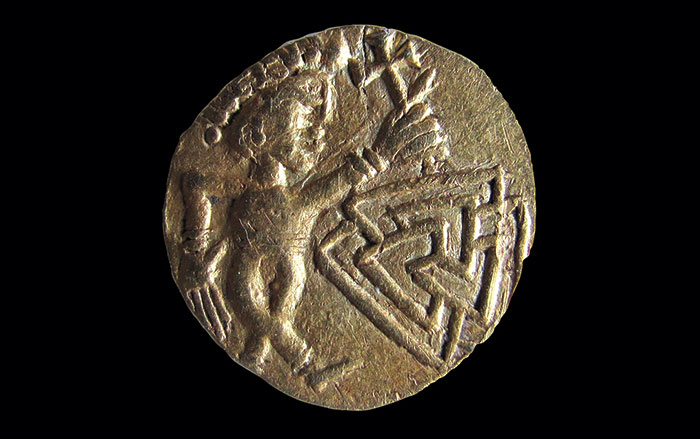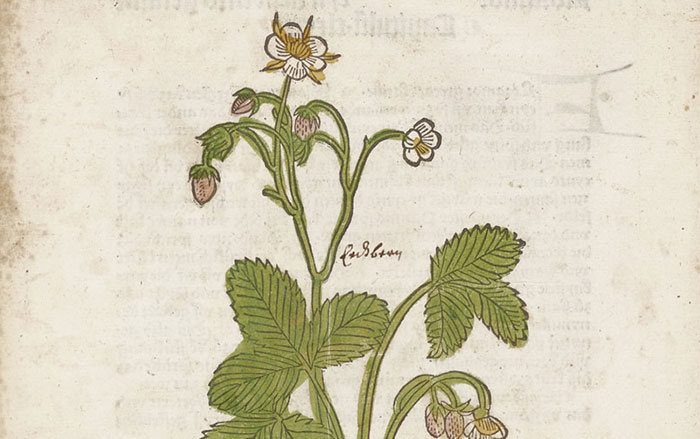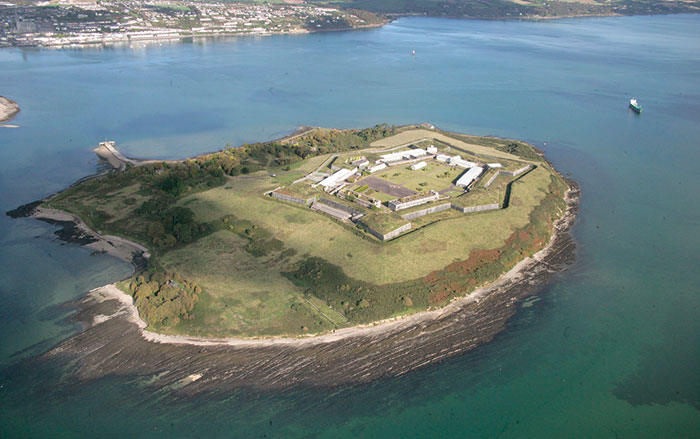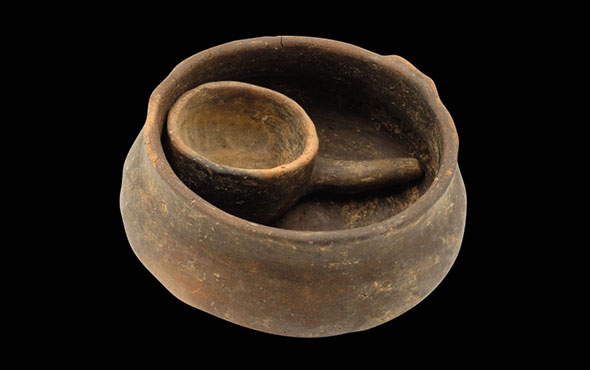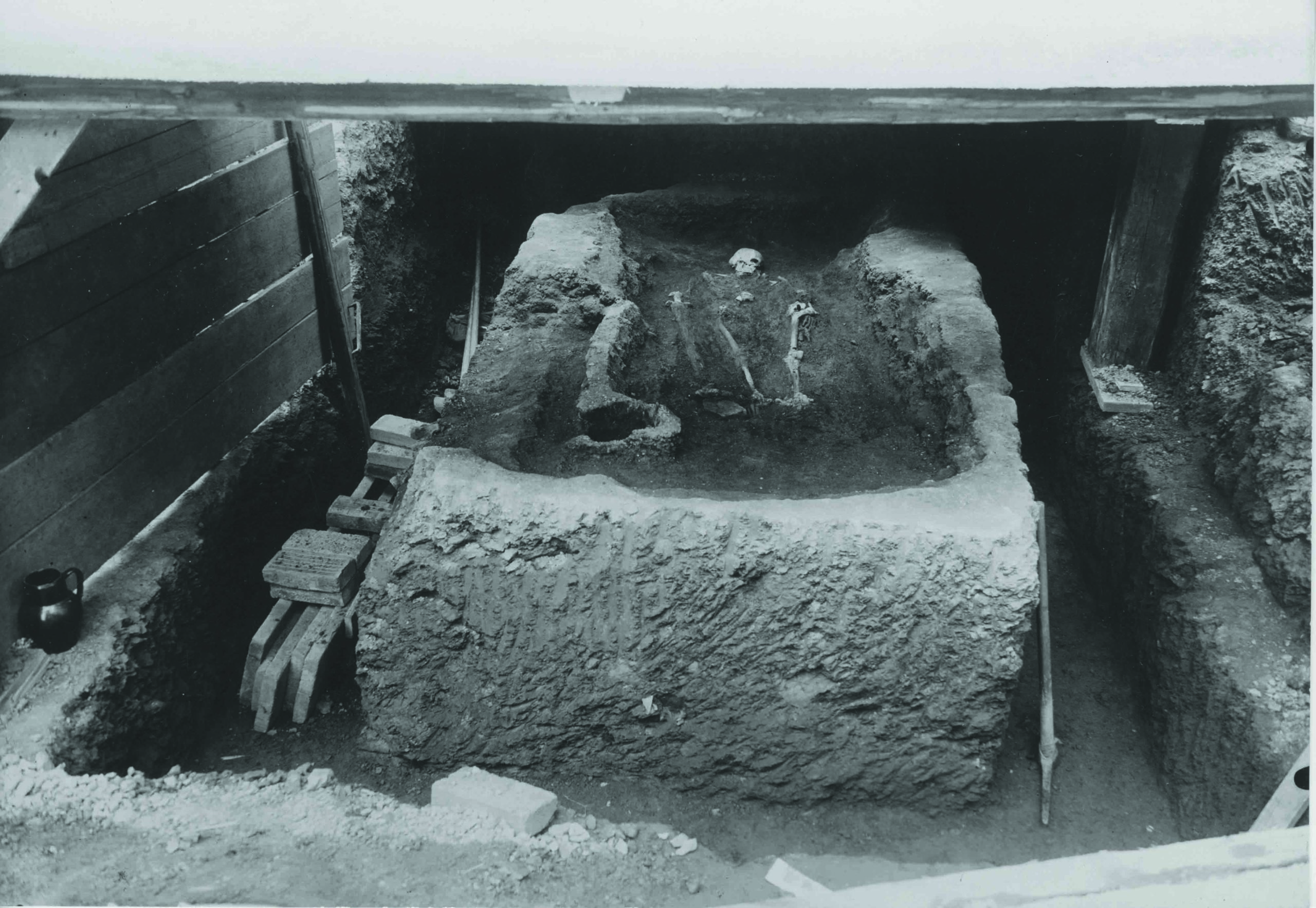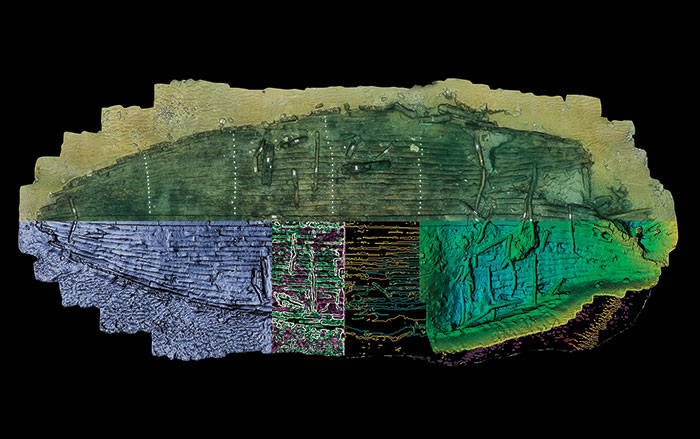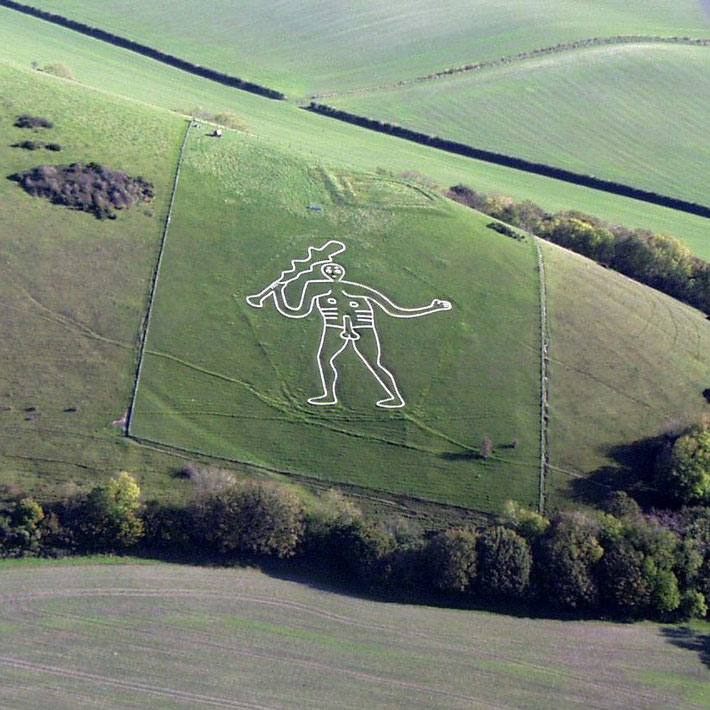
DORSET, ENGLAND—BBC News reports that Phillip Toms of the University of Gloucestershire will test soil samples collected from the elbows and feet of the Cerne Abbas Giant, a figure carved into a chalk hillside in southwest England, with optically stimulated luminescence (OSL). The technique determines when minerals in the soil were last exposed to sunlight, according to archaeologist Martin Papworth of England’s National Trust. “It is likely that the tests will give us a date range, rather than a specific age, but we hope they will help us better understand, and care for, this famous landmark,” Papworth said. The Cerne Abbas Giant was first recorded in 1694, but researchers do not know if was created at that time or in antiquity. To read about another chalk geoglyph in southern England, go to "White Horse of the Sun."



